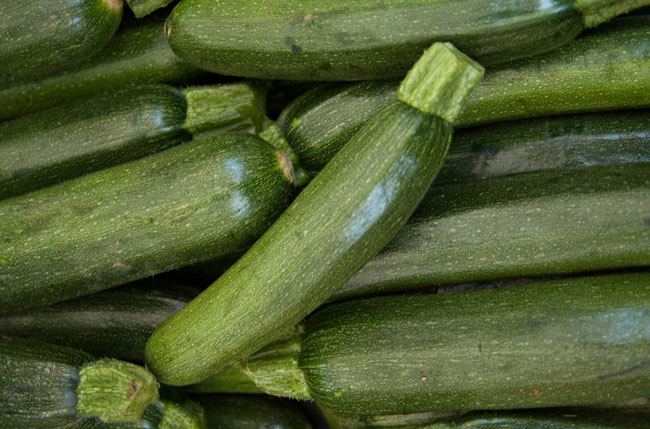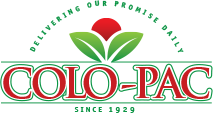
Like all squash, zucchini originated in the Americas. The term “zucchini” refers to a family of squash, most of which are green or greenish-yellow while rarer varieties are golden yellow. Zucchini is a summer squash category and is technically a fruit, although it is considered a vegetable for culinary purposes. Zucchini squash was developed in Italy after Italian growers discovered how well squash grew in the temperate Mediterranean climate. Zucchinis are now available in nearly every part of the world and they are one of the most popular varieties of squash. Zucchini can grow to be quite large; the biggest one on record was over seven feet long. Usually, zucchini are harvested long before they grow to be so large because the larger they grow, the more fibrous and bitter they become. Generally, zucchini are harvested when they are between six inches to a foot long while their seeds are still soft and the skin is still thin.
People around the world use zucchini so there are recipes incorporating it from nearly every cuisine.. Thanks to the zucchini’s neutral yet hearty flavor and rich texture, they add depth to any dish. Zucchini are right at home in any roasted or sautéed vegetable medley. The flavor and texture of the zucchini works particularly well with earthy, rich vegetables like eggplant, mushroom, carrots and broccoli. The neutral flavor of the zucchini makes it a chameleon ingredient; it absorbs the flavors of the other ingredients in a dish. Just about any flavor profile works with zucchini. Zippy citrus flavors as well as more muted or earthy flavors like rosemary and thyme are all fabulous ways to prepare zucchini. Ratatouille is a traditional French dish that features zucchini, eggplant, bell peppers and tomatoes and a healthy dose of herbs and spices. Variations on the dish often range from earthy to zesty, demonstrating the versatility of the zucchini and other vegetables in the dish. Stuffed zucchini is a great way to use the squash. Popular items to stuff in a zucchini include various grains like quinoa and barley, as well as cheese, meat, eggs, garlic, peppers. and vegetables. Fries and chips made from zucchini are lighter alternatives to French fries and potato chips. Lighter doesn’t necessarily mean less tasty; a batch of thinly sliced rounds of zucchini, lightly battered, salted and baked to crispy perfection is a delicious, lower carb replacement for potato chips. Zucchini can even be used as a pasta replacement. Thinly slice zucchini lengthwise and use in lasagna instead of traditional pasta revamp this old classic and cut out a few carbs. Use a spiral slicer or mandolin to create zucchini noodles, and use them as you would any other noodle. Zucchini bread is a classic quick bread made with thinly sliced or shredded zucchini and flavored warmly with cinnamon and walnuts. Try zucchini muffins for a more portable version of zucchini bread. Try zucchini in any recipe to bring a burst of fresh summer squash flavor and hearty texture.
Pick zucchini that are firm, smooth and free of any major blemishes. The skin of zucchini can vary from dark green to yellow. Pick vibrantly colored squash whose skin has healthy sheen. Fresh zucchini will feel heavy relative to its size. This is a sign that the zucchini is fresh, healthy and full of moisture. A light zucchini is a dry zucchini. Store zucchini in a plastic bag in the refrigerator where it will stay fresh for about a week. The first sign of spoilage in zucchini is softness. Zucchini can be frozen to prolong its shelf life. The most effective way to freeze zucchini is to first thinly slice or julienne the squash, blanch it, and store it in air tight plastic containers in the freezer. Frozen zucchini remain usable for up to a year. To remove the seeds from a zucchini, if desired, simply slice the zucchini in half lengthwise and use a spoon to scoop the seeds from the center of the squash. Always wash fresh produce before use.


 BACK TO PRODUCTS
BACK TO PRODUCTS